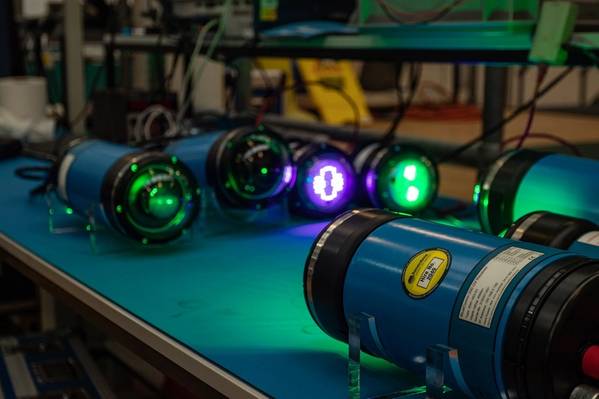
Underwater sensor technology company Sonardyne International said it is partnering with Shell Brasil and Brazilian research institute Senai-Cimatec to develop autonomous technology to make the monitoring of Brazil’s deepwater pre-salt oil fields more efficient.
The new 4D seismic monitoring system, based on so-called On Demand Ocean Bottom Nodes, is being developed under a National Agency of Petroleum, Natural Gas and Biofuels (ANP) promoted program.
According to Sonardyne, the goal is to increase the autonomy of ocean bottom nodes and enable them to be deployed and remain on the seafloor for up to five years.
During that period, no interventions, such as connections for data extraction or replacement of batteries, would be required. The nodes would communicate wirelessly with autonomous underwater vehicles (AUV), such as the Shell-funded FlatFish AUV.
These capabilities will help to generate operational efficiencies and eliminate the various existing difficulties in deploying current 4D seismic monitoring technology, which is vital to the development and production optimization of oil and gas fields. The new technology will also allow the reduction of both costs and operational safety risks, Sonardyne said.
“This is a very promising project, fully aligned with the new reality of the oil and gas industry, which seeks to use new technologies to ensure a safer, more efficient operation that has less impact on the environment,” said Jorge Lopez, Shell Research and Development Advisor in Brazil. “For Shell, Brazil is an important center for attracting partners and technological development.”
Shaun Dunn, Global Business Manager, Exploration and Surveillance, Sonardyne, said, “The project will use our significant expertise in the design of long-endurance battery-powered subsea instrumentation, as well as our wireless through-water acoustic and optical communications technologies. Leveraging these will help to create a unique capability that will greatly enhance the cost effectiveness of on-demand seismic surveys and continuous seafloor deformation monitoring offshore Brazil.”
The project is divided into three main phases: development, including design and initial testing of the new node, including communication with the underwater vehicle; manufacturing of a pilot scale system; and deployment of the pilot system for three years in a pre-salt field.